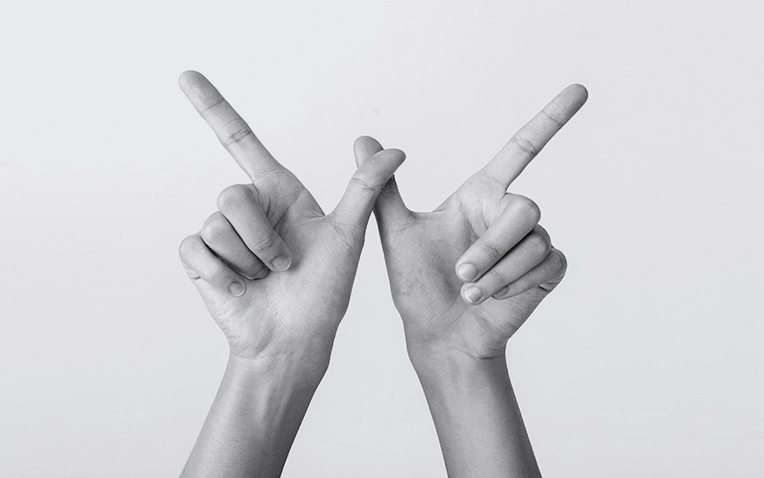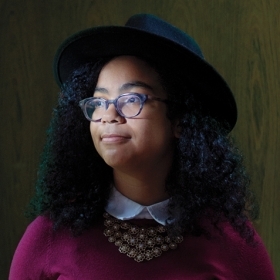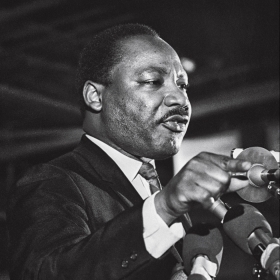“This is the place.” “This is the place.” “This is the place.” Women’s voices layer over one another as a camera pans Galen Stone Tower, Lake Waban from Tupelo Point, and the Tower Court roofline. “This where I found the person I was meant to become … . This is the place where I gained full confidence in my own abilities.” So begins the film, made by documentary filmmaker Mary Mazzio, that celebrated the effect Wellesley has had on the lives of generations of alumnae—the film that was used to launch the College’s comprehensive campaign in 2015.
In honor of the campaign’s successful completion earlier this year, having exceeded its $500 million goal a year early, I offer you my own version of This Is the Place.
This is the place where a first-year, four days into Wellesley classes, can come into your office and completely light up the place. She’s the daughter of your college roommate, whose facial mannerisms so closely mirror her mother’s that you’re suddenly back 35 years ago at that other women’s college you went to. But she’s her own person: She’s diving into American Studies with Michael Jeffries—looking at race, ethnicity, and history. (“I saw him speak at orientation, and I had to take a course with him.”) And she’s also taking organismal biology and French and theatre studies, the latter just for fun. Her excitement—and frankly, joy—at what she will learn here just pours out.
This is the place where we have the best senior alumnae. (“Wellesley women make great old ladies,” comedian Jane Condon ’73 once said during a set on campus.) There’s the member of the class of ’49 who still skis black-diamond trails in Vermont and drives herself to campus to take the magazine staff out for tea and the most stimulating discussions of literature and politics. Or the member of the class of ’50, a wise-cracking semi-retired journalist who has called me Hal for two decades, though neither us remembers why. She was out on the beat before I was born, when few women wielded reporters’ notebooks. We talk shop and spar tongue-in-cheek over a writer’s need for an editor. (Maybe I have convinced her?) And I admire what she and her generation of women journalists accomplished more than I can say.
This is the place that gives women a voice. Consider the alumnae in our cover story (“1968: The Year Everything Changed”)—activists, teachers, reporters, even one of the originators of socially conscious investing. And Callie Crossley ’73, who was one of the 19 students who integrated Memphis Central High School at the height of the civil rights struggle. “I was a completely different kid going in and coming out,” she says. “Talk about learning to speak up—that was my speak-up training right there.” She credits Wellesley with deepening and honing her voice, which she has used as a producer of the Oscar-nominated documentary Eyes on The Prize and as a highly respected TV and radio host and commentator.
This is the place that’s an incubator, a cauldron, a pressure cooker, a greenhouse, a megaphone, a welding shop. (You’ve been welded to your Wellesley friends for life, no?) This is the place where it’s no surprise, then, that so many of you have given so generously, knocking the campaign proceeds more than $14 million above goal a year before the projected end of fund-raising efforts. This is the place that’s being transformed by those gifts. Take a look our feature story “The Wellesley Effect in Action” to find out how.







